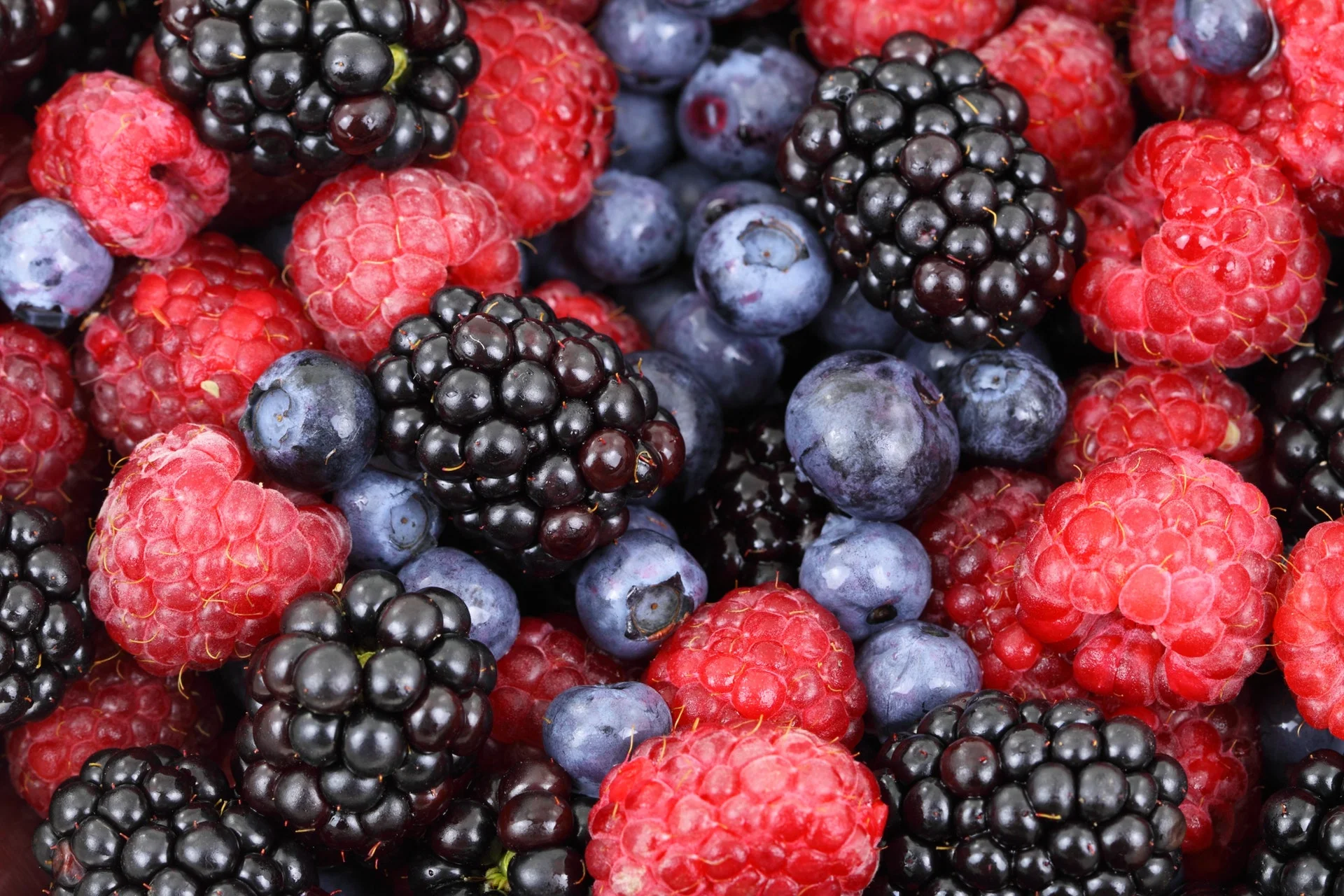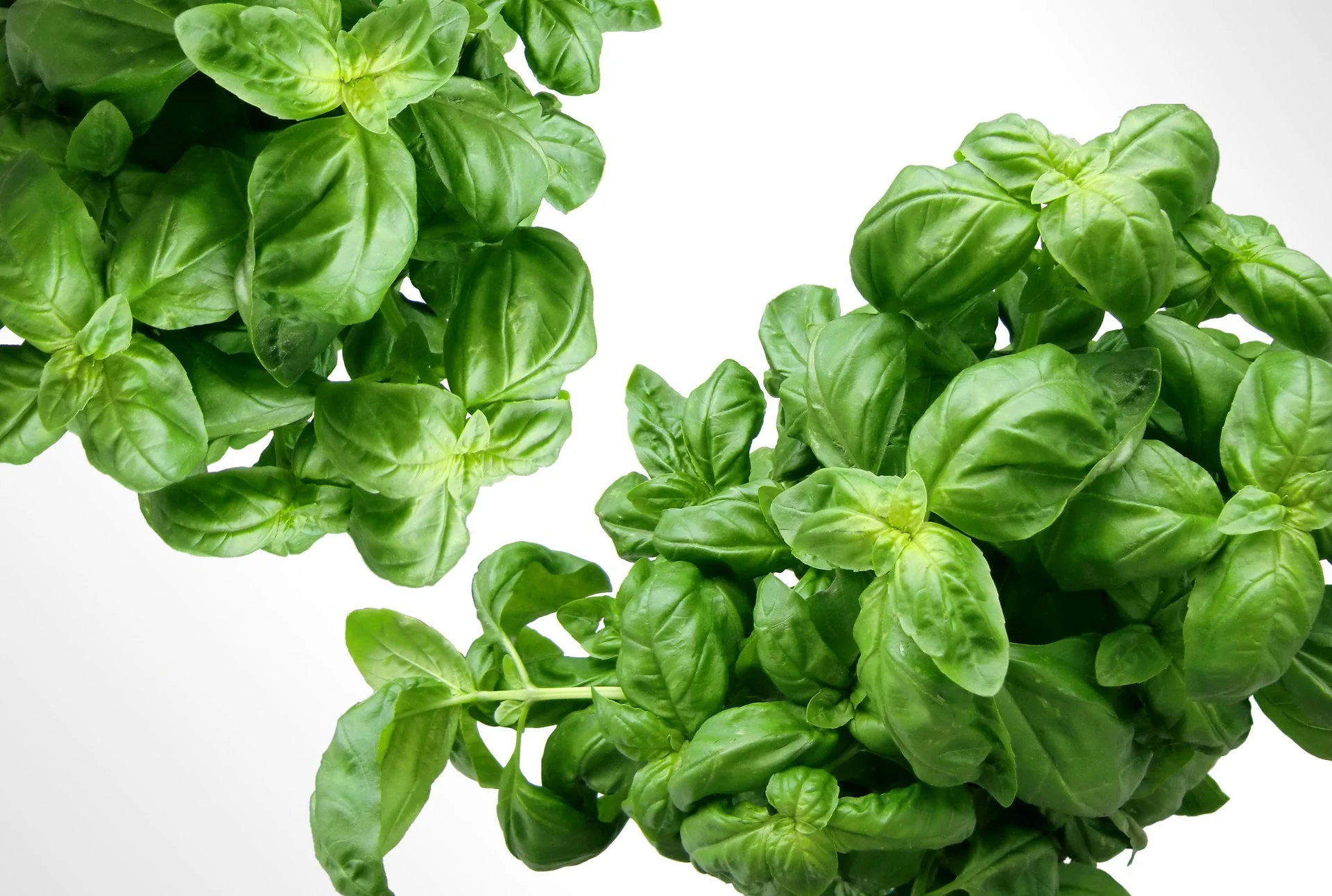How To Flavour Homemade Kombucha Naturally
If you're reading this right now, you're likely just about done the first stage of your kombucha brewing or you're looking to start brewing kombucha at home on your own!
Either way, you've probably overcome your fear of SCOBYs (Symbiotic Culture Of Bacteria and Yeast) and you've come to the right place – woohoo!I've been brewing kombucha at home for over 2 years now and have since taught over 150 people how to brew their own kombucha at home.
Once I discovered there was a delicious and fizzy pop-like drink that's good for me, I was sold. That, and learning about how crucial our gut health is to our overall health in nutrition school really sealed the deal. These are just a few of the many benefits to reap from drinking kombucha and thus, supporting your gut health/microbiome:
Improved digestion
Supports absorption of nutrients from food
Relieves gas/bloating
Strengthens immunity
Promotes a positive mood (hello, serotonin production!)
Relieves constipation
Increases energy
Detoxifies the liver
Improves skin and hair quality
While I'm not going to dive into the nitty-gritty of how to brew your own kombucha today (you can come to an upcoming Kombucha Making Workshop for that!), I wanted to share some fun ideas as to how you can flavour your kombucha during the second fermentation.
Just to clear up any confusion, the reason why I say "second fermentation" is because there are, or can be, two stages to fermenting kombucha. The first stage is where most of the kombucha magic happens and where your SCOBY is involved. At this stage, the yeast from that SCOBY is going to ferment the nutrient solution (the nutrients being caffeine and organic cane sugar) which is going to create alcohol. From there, the bacteria from the SCOBY is going to convert that alcohol into an array of beneficial acids for the body. After approximately 7-14 days, you will be left with some gut-loving, fizzy and champagne-like kombucha! You can either stop fermenting from there and bottle it up to consume immediately, OR you can jump into the second fermentation if you want to flavour it!
During the second fermentation, the SCOBY is removed and stored back into its motel in the fridge (with starter liquid – don't forget!) and the kombucha is transferred from your big brewing container to mason jars or swing-cap bottles. This phase is typically 2 days (48 hours) where you will seal up your bottles with the mason jar lid or swing cap and continue fermenting. This is also a great way to increase the carbonation or fizziness of your kombucha!
There are a number of ways you can flavour your homemade kombucha naturally:
Fresh or frozen fruits and vegetables
This is probably one of the easiest ways to make a quick and flavourful kombucha, mainly because most people usually have fresh or frozen fruit on hand that they use for snacking or for smoothies! You can use anything from raspberries, blueberries, blackberries, strawberries, apples, lemons and limes. In the vegetable category, cucumber and beet tend to bring about nice flavours, although I would recommend using a beet juice for more of a potent flavour.If I'm using fresh or frozen fruit, I'll fill my 1 litre mason jar with kombucha from the first ferment and leave about 1-2 inches of room at the top for my fresh or frozen fruit. I usually use about a handful but I have some more exact recipes below. Keep in mind, you can't really go wrong or mess this part up so have fun with it!
Take some of these ideas for a whirl:
Raspberry Ginger – 5-7 raspberries + 1-inch fresh & peeled ginger
Apple Cinnamon - 1/4 apple sliced, skin removed + 1/2 tbsp ceylon cinnamon
Blueberry Finger – 10 blueberries + 1-inch fresh and peeled ginger
Lemon Ginger – 1/2 lemon freshly squeezed (put the whole thing in) + 1-inch fresh & peeled ginger
Organic or Cold-Pressed Juice
Using organic juice is a good way to start out flavouring your kombucha because it's super simple! If you're flavouring a 1 litre mason jar of kombucha, I would recommend adding 1/4 cup of juice. I've used Kiju juice and have also used organic cold-pressed juice which was SO delicious! This is when I experimented with the beet juice flavour. When paired with ginger, it was absolutely divine and ended up being a favourite at my Kombucha Making Workshop.
Some fun flavours to try would be:
Beet Ginger Cold-Pressed Juice
Pomegranate-Cherry Juice (I use Kiju)
Orange Juice
Fresh Herbs and Spices
This is where things get FUN! Some of my best kombucha ferments have come from experimenting with spices and herbs. Again, you can't really mess this part up. Depending on the spice or herb, I would suggest using anywhere from 1-3 tbsp. For something like cinnamon, you would want to use 1 tbsp, whereas with something like lavender, you can use up to 3 tbsp.
Remember, these can be paired with juice or frozen fruit. But keep in mind, if you only use a spice or an herb during your second fermentation, the only sugar source the remaining yeast will have to feed off of is the sugar from your last brew.
So if you finish your first fermentation and you find it's vinegar-y/acidic already, I would recommend pairing it with a fruit or juice so it has a sugar source and doesn't get more acidic during the second fermentation. Alternatively, you could stop your brew a bit earlier when it's a bit on the sweeter side and just use spices or herbs because it will have the sugar remaining from your first brew to feed off of.
Some of my favourite blends using Spices and Herbs include:
Strawberry Basil – 2-3 strawberries + 3-5 basil leaves
Lavender – 3-4 tbsp lavender
Blackberry Thyme - 3-5 blackberries + 2 sprigs thyme
Cucumber Mint - 5 slices of cucumber + 1 handful or 3 tbsp of fresh mint
Festive Spiced Holiday Blend - 2 tbsp freshly squeezed orange juice, two 1-inch fresh and peeled ginger chunks, 5 cardamom pods, 7 cloves, 1 cinnamon stick
Herbal Teas
Tea drinkers, rejoice! This is where you get to have fun with all of your favourite types of tea, including loose-leaf tea. It's important not to just use any tea during your first fermentation as the tea you're using could contain added flavours (which contain oils) or have medicinal properties, all of which could harm and kill your SCOBY, a living bacteria. That's what makes the second fermentation so fun though, because you can experiment with all kinds of fun flavours, given that the SCOBY isn't involved in the process.
I would recommend brewing and steeping about 1/4-1/2 cup of tea for this to add to your litre jar of kombucha, so make sure to leave room for this! Because there won't be a sugar source at this point, the same point applies for using flavoured teas as it does for Spices & Herbs – either stop the brew earlier when it's on the sweeter side or pair it with a sugar source, be it fruit or even a dash of maple syrup or honey.
You might want to try:
Earl Grey
Peppermint
Lemon Ginger
What else you should know about flavouring your kombucha:
I would recommend using organic fruits, vegetables, herbs, spices and teas during this flavouring process. Remember that kombucha is meant to be a healing beverage so by using organic products, we are keeping things like pesticides and herbicides out so it can be as healing and health-supportive as possible! If that's not possible for you, I would simply recommend peeling off the rind or skin of the fruit or vegetable you're using.
If you're interested in learning how to brew your own kombucha at home, you can learn more in my online course DIY Kombucha Online, which I created in partnership with Joyous Health!





